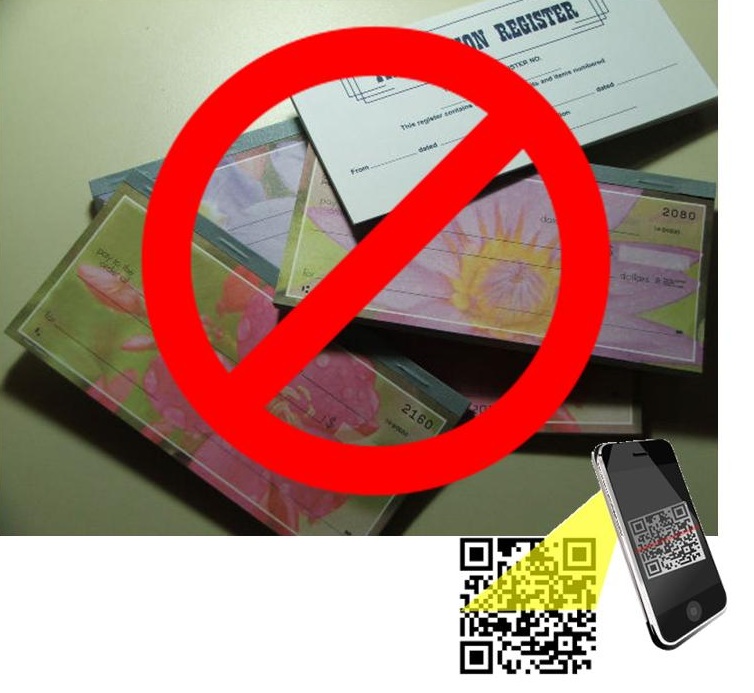Retailers will be able to accept these transactions through the new Buyit application.
Barclays’ has taken a new step forward to prove itself as a banking industry innovator by unveiling a new offering to customers in the United Kingdom that allow them to use mobile payments.
These transactions will be based on the use of QR codes printed on various forms of advertisements.
In order to use the mobile payments, the Buyit app is required. It allows customers to scan QR codes on ads in order to make purchases. It is drawn from the popularity of Barclay’s previously launched app Pingit. That app was released earlier this year. The new application, however, helps to extend smartphone transactions beyond the Pingit person to person support so that retailers can also take part.
Barclays’ has high hopes that this mobile payments offering will have a similar impact on its stocks to the last one.
 According to one recent report, the company has been maintaining a price estimate of $22 for the stock, and that is currently riding around 20 percent above the market price where it currently stands. U.K. regulators have raised concerns about the banking industry’s capital shortfalls in light of the impact that the European region’s slowdown among banking institutions. That could help to explain the price difference that has been observed.
According to one recent report, the company has been maintaining a price estimate of $22 for the stock, and that is currently riding around 20 percent above the market price where it currently stands. U.K. regulators have raised concerns about the banking industry’s capital shortfalls in light of the impact that the European region’s slowdown among banking institutions. That could help to explain the price difference that has been observed.
Barclays is hoping to keep itself at the head of the game by remaining a technology leader. Mobile payments offerings is a central part of that effort. It has previously achieved this type of solid success through the use of ATMs, which are now ubiquitous. The organization has also been leading the way in other contactless transaction solutions.
It was Barclays that launched the very first mobile payments solution in the country. The Pingit app allows customers to send money to one another using only the cell number of the recipient and without the need for the sender to know any of the recipient’s account details. The service is available for free for everyone in the United Kingdom, provided that they have a bank account and a smartphone with which to make the funds exchange.

 This is an opportunity for consumers and billers alike as the use of QR codes to help with bill payments is far less costly than using checks or even cash. The number of billers who will be introducing these barcodes on their paper bills is now about to experience a very rapid rise.
This is an opportunity for consumers and billers alike as the use of QR codes to help with bill payments is far less costly than using checks or even cash. The number of billers who will be introducing these barcodes on their paper bills is now about to experience a very rapid rise.